My experience with a short-barreled, suppressed .300 Blackout AR-15 showed promise. But the results on the target did not meet my expectations. The problem, it turned out, was in the bullet’s yaw. The effects of suppressors on bullet velocity, yaw, and drag has been studied. For bullets, it’s all about the spin, and the spin on my suppressed .300 BLK was poor.
What is Bullet Yaw?
Yaw describes the axis that an object moves on. It is often used when talking about the movement of aircraft, cars, ships, etc. Bullet yaw is how the nose of a bullet rotates and wobbles in its flight path.

Bullet yaw is not tumbling. Tumbling is when the bullet has become unstable and “tumbles.” Yaw is also different than precession, which is the bullet’s rotation at its center of mass; or nutation, which describes the circular movement at the bullet tip.
Bullet Yaw and My .300 Blackout
The first rounds through my pistol-length .300 Blackout AR-15 offered promise. Off shooting sandbags from 100 yards, five 110-grain supersonic handloads formed a tidy 1.25″ cluster. Another series produced similar accuracy. So far so good, but my main interest involved subsonic loads for use with a suppressor. When projectiles are launched below the speed of sound, the telltale supersonic crack can be eliminated for truly quiet shooting.
The .300 Blackout excels for this purpose in AR-15s. Using slow but ultra-heavy bullets, .300 blackout ammunition can generate enough pressure for reliable function. With a suppressor attached, my 10.5″ AR was no longer than a 16-inch carbine, and as it turned out, a large stash of 220-grain subsonics was quiet.
But the target was a disappointment. The “group” consisted of keyholes spread randomly across several inches. In several other .300 BLKs with 1:8 twists, the same load had produced useful accuracy of 1.5” or less. So what was up?
Well, an obvious difference was the barrel; a full 5.5″ shorter than the others. The oblong bullet holes indicated bullet yaw related to the rifling. It appeared the twist wasn’t quick enough to fully stabilize the heavy bullets when fired at slower pistol velocities. I declared a cease-fire to avoid the possibility of a catastrophic baffle-strike in the suppressor and looked for a lighter bullet.
Barrel Rifling Basics
Peer through the barrel (unloaded, please) of a rifle or handgun and you’ll see a series of spiral grooves within the surface of its bore (the hole). The low sections are called the “grooves, and the raised sections are called the “lands.” They also go by “hills” and “valleys.”
The lands bite into the circumference of a projectile during its passage through the barrel, imparting a gyroscopic spin. The process creates the same effect as a properly thrown football, hence the oft-used “bullet” description.
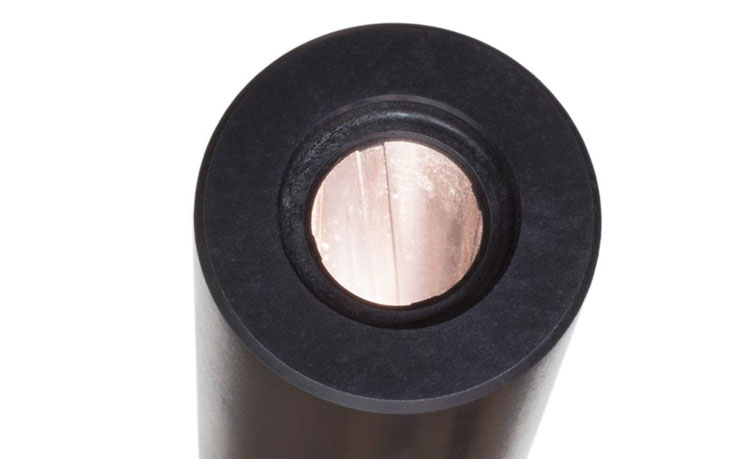
Rifling first appeared in the gun shops of Augsburg, Germany back in 1498. Grooves had to be cut one at a time, making the barrels expensive, and thus, rare (source). Rifling not only improved the accuracy of common spheres, but also opened the floodgates to true bullets. Sir Alfred George Greenhill worked out the first good rifling formula in 1879 at the Royal Military Academy. It still works, too. Distilled to its simplest form, within a given caliber, longer and/or heavier projectiles benefit from quicker rifling rates.
Twist Rates
A more modern rifling example is the U.S. M-16 Rifle, chambered for the 5.56mm cartridge. Initial development lead to a 55-grain bullet of .224-caliber fired at 3250 feet per second (fps). The rifling rate was established as 1:12. In other words, for every foot of travel through the rifling, the bullet rotated a full 360 degrees.
There’s nothing unorthodox about this combination. Similar twists existed for other varmint calibers like the .222 Remington, known for its exceptional accuracy. Eventually though, the military boosted the bullet’s weight to 62 grains for better downrange performance.
This new M-855 projectile also had a steel penetrator within its lead core, resulting in a heavier and longer bullet that needed quicker 1:7 rifling for better stability. Similar fast twists are also used to spin the latest 6mm and 6.5mm bullets which are long and heavy low-drag types used at extreme distances.
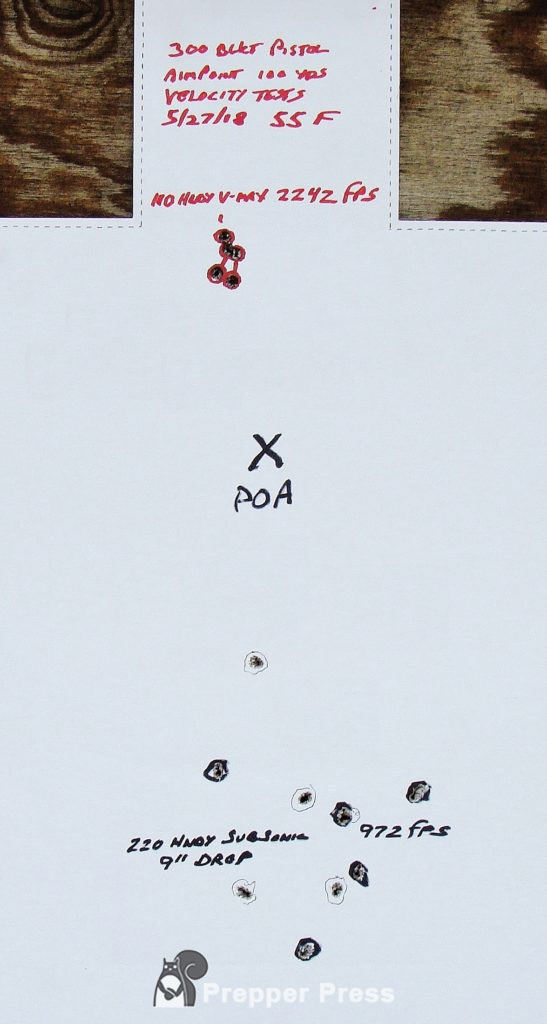
But slower twists have long been employed to stabilize hugely popular .30-caliber offerings such as the .30/06 (1:10) or .308 (1:12). The original 55-grain 5.56 bullets are really scaled-down versions of common .30-caliber spitzers weighing 150-180 grains. Most of them are capable of great accuracy at 2700-3000 fps, but much heavier 220-grain round-nose bullets are another longstanding option for the .30/06. Despite slower MVs of around 2400 fps, they usually perform well in the 1:10 twist.
A Problem of Barrel Twist and Length
The above heavyweights also see use for subsonic .300 Blackout loads, but at a much slower MV of 1050 fps or less. To keep them stabile the twist rate is increased to 1:8, or even 1:7. I’ve fired 220-grain Hornady round-nose handloads through a sizeable collection of 16” .300 BLKs, rifled 1:8.
Across the board, accuracy runs 1.5 MOA, or even better (1.5” at 100 yards). Still, it’s not uncommon to note just a hint of keyholing at that range. The shorter 10.5” AR no doubt decreased velocity just enough to introduce more yaw. During an ensuing conversation with Hornady staff I was able to score a box of newly introduced .300 Blackout subsonics, optimized for 1:8 barrels.
Bingo! The lighter 190-grain expanding SUB-X bullet shot like a champ through the suppressed pistol, along with the others. Previous bullet yawing also disappeared across the board. That’s a good thing – especially with expanding bullets!
The Bullet Factor
Rifling rates aren’t the only cause of projectile instability and poor accuracy. The bullet must also fit the bore – and be suitably constructed. Soft lead bullets can strip in rifling. Those with shorter bearing surfaces can suffer similar fates, especially as velocity increases.
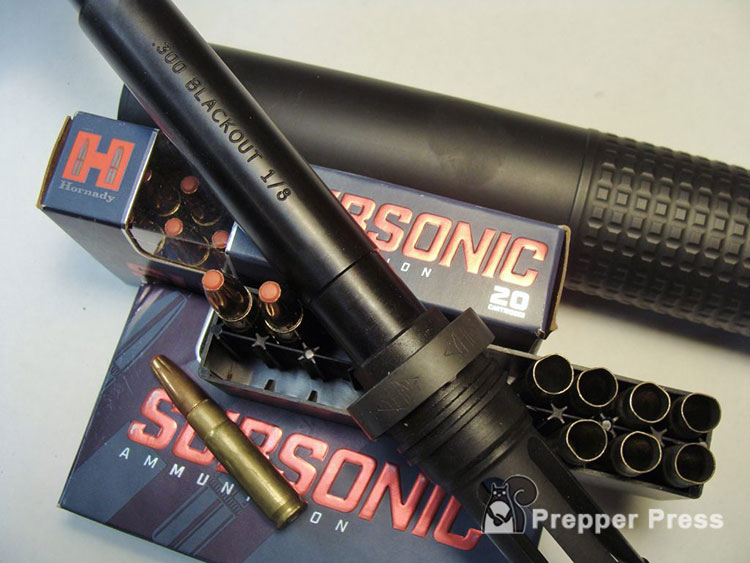
Taken to the extreme, thin jacketed bullets can even disintegrate in flight when launched at high velocities through fast twists. They can also explode upon contact with hide leaving hideous surface wounds. This phenomenon is seen more often with fast .22 centerfire varmint loads. However, centerfire benchrest shooters often use these small rifle calibers to wring out maximum accuracy.
Along a similar vein, I’ve noted consistently great rimfire accuracy from numerous .17 HMR rifles. Perhaps any minor imperfections are closer to their axis for less inertial influence. A different phenomena involves bullets “going to sleep.” Like spun-up tops, they start out with some initial wobble before fully stabilizing. Thus, minor bullet yaw noted at 100 yards can sometimes disappear at 200 yards.
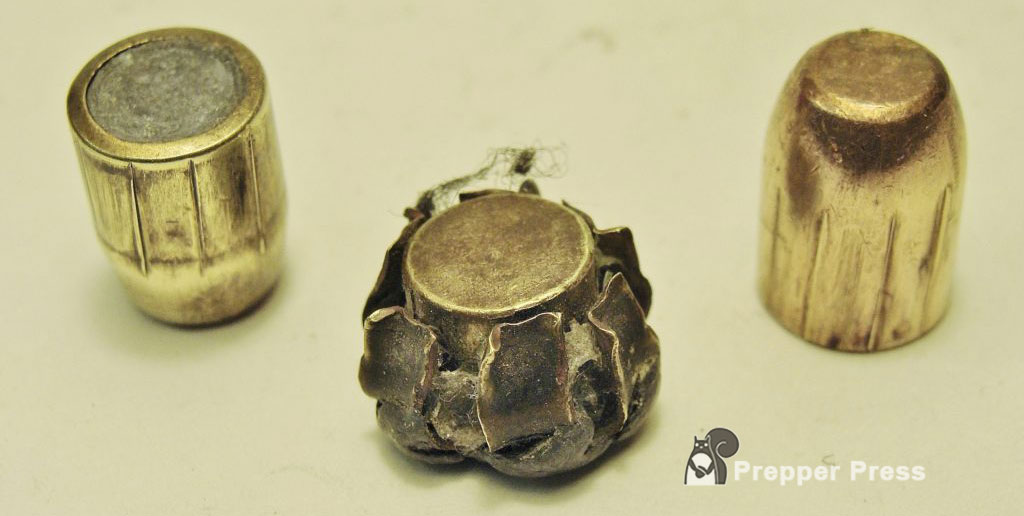
Yaw Impact on a Bullet’s Flight Path
One thing’s certain, the very best barrel won’t shoot well with low-quality bullets – nor good ones not sized to match the bore and rifling! If a bullet’s nose wanders around its axis in flight several negative influences develop…
Degraded Accuracy. Think back to a poorly thrown football. The more it wobbles on its axis the more its flight-path will deviate.
Increased Drag. Yaw not only creates random aerodynamic influences. Wobbling bullets also present more surface area, resulting in velocity loss.
Inconsistent projectile impact. Today’s expanding bullets are the products of extensive research but their effectiveness is compromised when its intended impact surface is becomes inconsistent.
Tumbling. Taken to the extreme, this could occur in flight. The first concern is damage to a suppressor. Denser mediums can also initiate tumbling. Wounds can be devastating but expansion becomes erratic, and penetration usually decreases.
More Concerns
Actually, all bullets would tumble if given enough time, but they usually run out of travel well before their spin. Although it’s hard to believe, many rifle bullets crank up to 250,000 RPM – or more! It’ll take more than air to appreciably slow one down during its brief period of activity. Of course, hide, flesh, or bone are much denser, as are the ballistic gel simulations or the armor used for testing purposes.
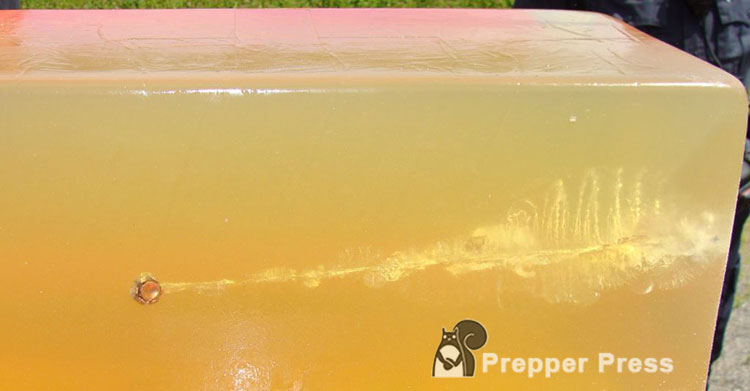
The FBI’s test-protocols involve several LE simulations that incorporate clothing, glass and sheet-metal, etc. placed in front of large calibrated gelatin blocks. Their expansion, penetration, and weight-retention standards caused some initial vexation for ammunition manufacturers. Loads that met the standards in factory labs sometimes flunked elsewhere. Expansion could vary and some bullets even tumbled, affecting penetration.
Case in point: the increasingly popular 9mm resulted in new, longer-for caliber monolithic and composite bullets. Like existing 147-grain types, they benefit from quicker rifling. But, the twists of may LE-type pistols ran anywhere from 1:10 to 1:18-ish. These varying bullet RPMs and their inertial effects contributed to some of the failures. For this reason, most 9mm duty-type pistols now incorporate a 1:10 barrel.
Summary
Actually, the center of gravity is all wrong for most bullets. Their streamlined tips reduce drag, but with most weight rearward, they want to swap ends.
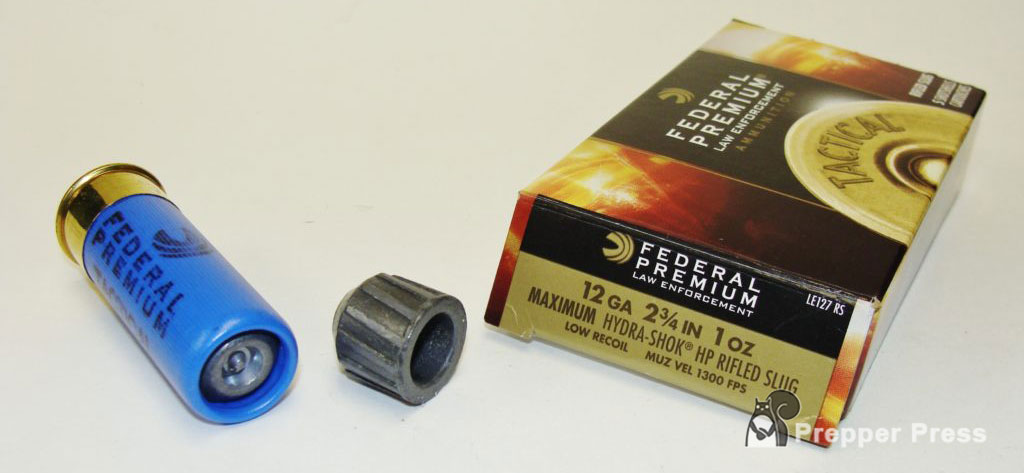
Lacking the effects of stabilizing rifling, a longstanding fix for smoothbore shotguns is a Foster-type rifled slug. The hollow base of this soft lead projectile shifts all its weight forward, so it flies like a Badminton birdie. The short rifling around the circumference is more ornamental, although it does help one squeeze through a choked muzzle. The majority of my experience involves plain 1-ounce Winchester 12 Gauge Super-X slugs. Using an I/C choke, they’ll often print palm-sized three-shot groups at 75 yards while punching nice round holes through cardboard targets!
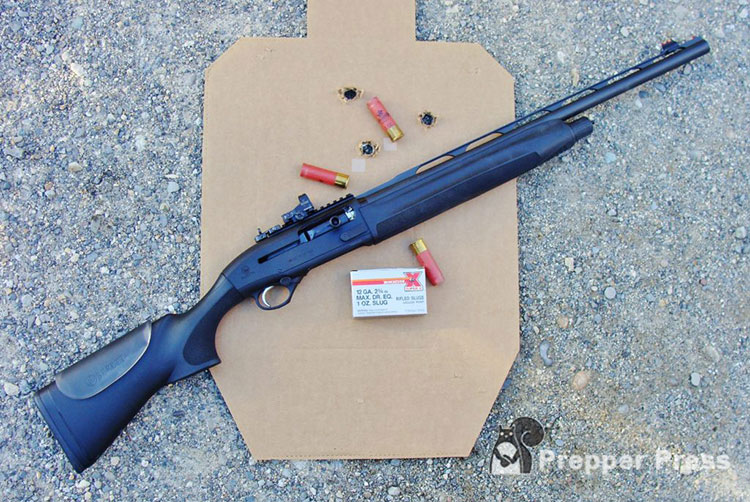
But most of us, particularly AR-15 shooters, should consider the effects of rifling on bullet yaw. Modern bullets from AR-15s and AK-47s can have large yaw angles in their flight. Strangely shaped holes and larger groups could change for the better once yaw is understood.
